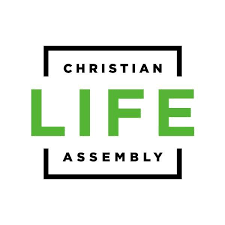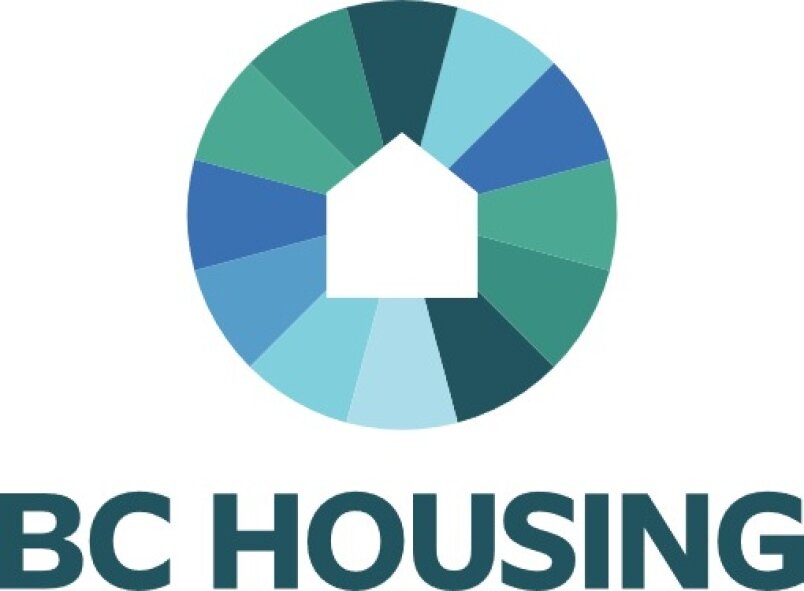“Adding 98-units to the Township of Langley’s affordable housing stock will have a significant impact on the community. Simply put, not only will this development provide much needed housing, it will also have a positive impact on issues pertaining to homelessness. With housing measured on a continuum, by creating more low-to-midmarket housing, other units can be freed-up to provide shelter and transitional housing.”
In February 2019, the membership of Christian Life Assembly voted in favour of providing a parcel of land for a new, affordable rental housing development on their Langley Campus located at 21277 – 56th Avenue. Shortly thereafter, the CLA Housing Society was formed.
Incorporated under the Societies Act of British Columbia, we are a stand-alone, non-profit organization whose sole purpose is to oversee the construction and operation of a 98-unit affordable rental housing development for families and independent seniors.
In addition to our partnership with Christian Life Assembly, this project also involves a partnership with BC Housing – who are not only funding the build but have also guaranteed 60-years of operational funds for any shortfalls and/or maintenance issues.
Though still in our preliminary stages we are working closely with the Township of Langley on our rezoning activities, and our community engagement initiatives. At present, we are not yet accepting applications; however, those you are interested in receiving regular updates are invited to submit their name and email address using the online forms provided at the bottom of this website.
In November 2020 the CLA Housing Society had a Virtual Townhall. If you’d like to review the information that was presented, click the button below to download the presentation.
Board Members
Partners
Housing in Langley
Housing Statistics
At present, the Township of Langley (‘Langley District Municipality’ as per the Canadian Rental Housing Index) consists of approximately 41,000 households – 7,265 of which are rentals. As of October 2017, the vacancy rate for all unit sizes in Langley was 0.4% with average rents having increased between 29 – 38% (approximately) in recent years; thus, costing an average of between $1,269 to $1,396 per month. With respect to core housing needs and target demographics (most notably households with at least one senior [65 years or older] or one child/youth [18 years or younger]), the data available from the Canada Mortgage and Housing Corporation dates back to 2011 and is clearly no longer relevant. However, according to Statistics Canada, of the 117,285 residents within the Township of Langley there are 11,280 who are classified as ‘low income’. Of those 11,280 it is noted that 3,240 are children/youth (0 – 17 years), 6,235 are adults (18 – 64 years), and 1,810 are seniors (65 year and over). At present, there is also an identifiable shortfall of approximately 550 units, with one and two-bedroom units making-up the majority of the current needs. Finally, with a Community Index Score of 20.5, the Township of Langley is ranked 423rd out of 522 municipalities nationally with respect to affordability. It is also important to note that within the Fraser Valley Regional District (FVRD), an additional 5,414 new rental units will be required to meet rental demand, which are predicted to reach 32,831 households by 2021. More notably, 1,598 additional households are expected to experience core housing need. To that end, new housing must be built to accommodate this growth – and why partnerships between the Province of British Columbia and non-profit societies with proven track-records are crucial.
Rental Overspending
With 39% of renters spending greater than 30% of their income on rent and utilities, and 20% of renters spending greater than 50% of their income on rent and utilities, the cost of living is becoming increasingly more challenging. To further contextualize these numbers, 30 – 49% of income spent on rent and utilities is considered to be unaffordable, while 50% or greater of income spent on rent and utilities is considered to be severely unaffordable. With 59% of renters, collectively, making-up these two categories, it is not unreasonable to state that the Township is on the verge of crisis. Another way to look at these numbers to ensure the serious of the situation is clear, consider the following: Based on the above, each household needs to generate approximately $20,427 in additional income to be able to afford a rental that takes-up less than 30% of the households rent and utilities combined (less than 30% represents ‘affordable’ housing).












